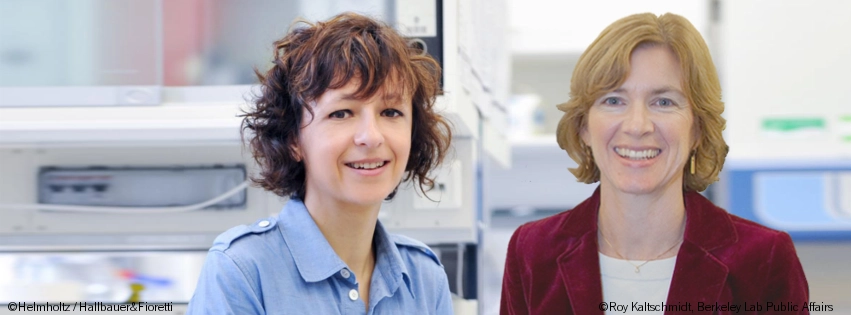Main content
Emmanuelle Charpentier and Jennifer Doudna 2015 Princess of Asturias Award for Technical & Scientific Research

At its meeting in Oviedo, the Jury for the 2015 Princess of Asturias Award for Technical and Scientific Research, made up of Arturo Álvarez-Buylla Roces, Juan Luis Arsuaga Ferreras, Lina Badimón Maestro, Juan Ignacio Cirac Sasturáin, Mara Dierssen Sotos, Luis Fernández-Vega Sanz, Cristina Garmendia Mendizábal, Álvaro Giménez Cañete, Bernardo Hernández González, Emilio Lora-Tamayo D’Ocón, José Antonio Martínez Álvarez, Amador Menéndez Velázquez, Ginés Morata Pérez, Enrique Moreno González, César Nombela Cano, Marta Sanz-Solé, Manuel Toharia Cortés, chaired by Pedro Miguel Echenique Landiríbar and with Vicente Gotor Santamaría acting as secretary, has unanimously agreed to grant the 2015 Princess of Asturias Award for Technical and Scientific Research jointly to the French researcher Emmanuelle Charpentier and the American researcher Jennifer Doudna for scientific advances that have led to the development of a technology that allows genes to be modified with great precision and simplicity in all types of cells, thus enabling changes that suppose the actual “editing of the genome”.
Both researchers studied how certain bacteria defend themselves against the viruses that infect them, destroying the DNA of these viruses after recognizing some of its specific features. Starting out from these findings, they united their efforts employing a ground-breaking approach that has enabled the development of what is known as the CRISPR-Cas system. This is a method of universal application based on the design of small molecules of RNA that guide the Cas9 enzyme to cleave DNA, thus allowing the modification of genes within cells. The application of this technology has rapidly expanded to many biological systems, resulting in a veritable revolution in Molecular Biology. The methodology allows the removal, activation, inactivation and even correction of any gene, leading to diverse applications in both basic research and in agriculture, livestock breeding and biomedicine. It thus paves the way for developing treatments for genetic diseases that currently lack effective therapies.
Oviedo, 28th May 2015
End of main content
